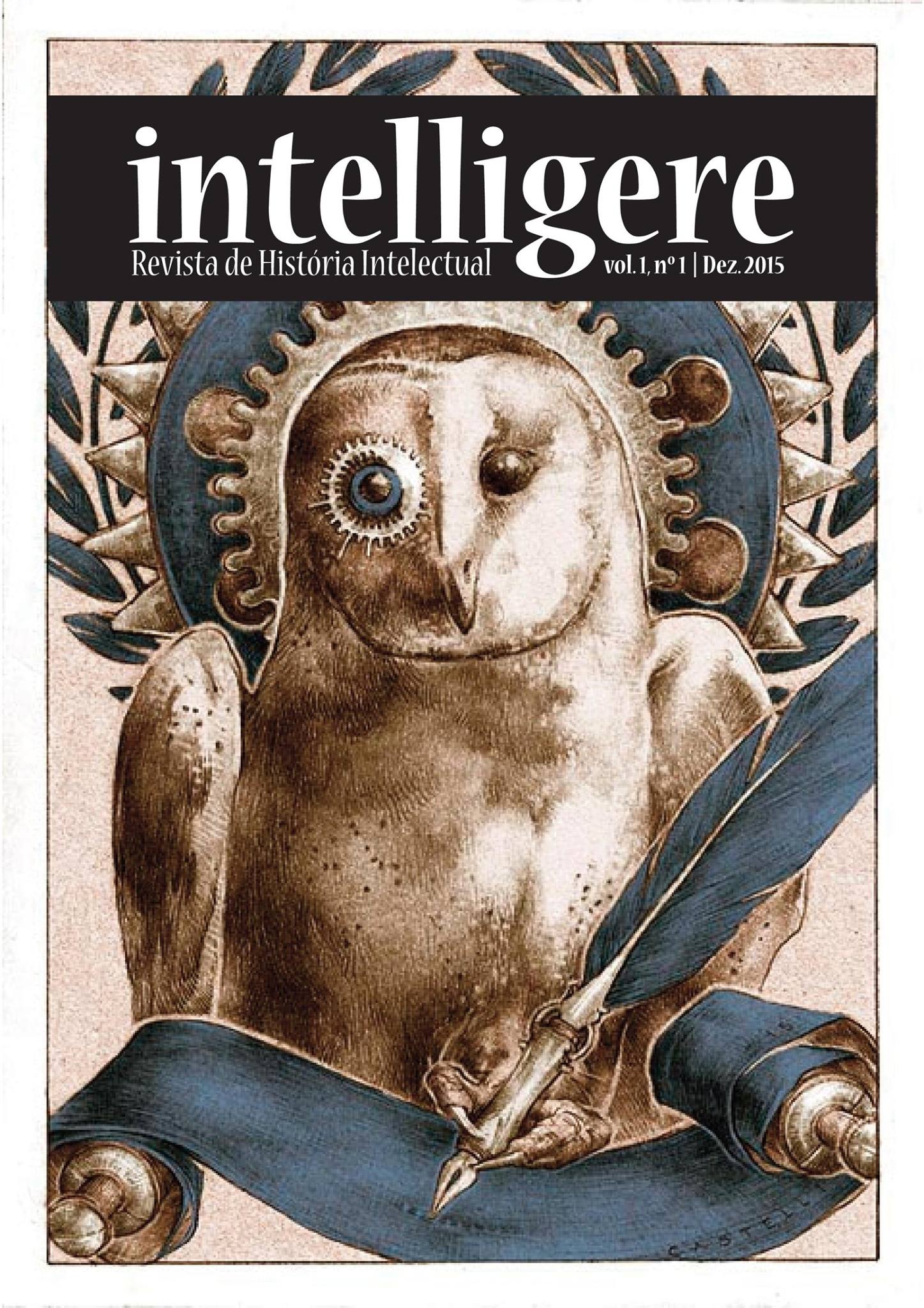Thematic, conceptual and iconic metamorphosis: the construction of a morphological history epistemological method
DOI:
https://doi.org/10.11606/issn.2447-9020.intelligere.2015.108490Keywords:
historical epistemology - morphological history – emblems - scientific culture of chemistry - Ginzburg.Abstract
In this essay, I propose the construction of an epistemological historical method through a morphological perspective. That involves the elaboration of a genetic rational process of conceptualization in which problems, themes and concepts organize in historical expressions increasingly more objective and determinated. Such expressions should be articulated generating a continuum of metamorphosis of a concept or conceptual core. This continuum should be capable of conferring intelligibility for scientific culture units without restrictions of spatial, temporal and conceptual amplitude. The connection of morphological and historical components that I propose is based on the results as well as the method used by Carlo Ginzburg in Myths, emblems and signs, especially in High and low: the theme of forbidden knowledge in the sixteenth and seventeenth centuries. After presenting a characterization of the minimal components of the historical epistemological method, I will start to incorporate elements of Ginsburg’s historical morphology through a dialogue in which I’ll try to understand how the author proceeds methodically and conceptually in his investigation. Finally, through a preliminary study of an alchemical emblem in which Hermes is the central figure, I will make a morphological experiment of application of this procedure to the scope of the scientific culture of chemistryDownloads
Download data is not yet available.
Downloads
Published
2015-12-31
Issue
Section
Artigos
License
Autores que publicam em Intelligere concordam com os seguintes termos:
- Autores mantém os direitos autorais e concedem à revista o direito de primeira publicação, com o trabalho simultaneamente licenciado sob a Licença Creative Commons Attribution que permite o compartilhamento do trabalho com reconhecimento da autoria e publicação inicial nesta revista.
- Autores têm autorização para assumir contratos adicionais separadamente, para distribuição não-exclusiva da versão do trabalho publicada nesta revista (ex.: publicar em repositório institucional ou como capítulo de livro), com reconhecimento de autoria e publicação inicial nesta revista.
- Autores têm permissão e são estimulados a publicar e distribuir seu trabalho online (ex.: em repositórios institucionais ou na sua página pessoal), com reconhecimento da autoria e publicação inicial nesta revista.
How to Cite
Thematic, conceptual and iconic metamorphosis: the construction of a morphological history epistemological method. (2015). Intelligere, 1(1), 82-115. https://doi.org/10.11606/issn.2447-9020.intelligere.2015.108490




